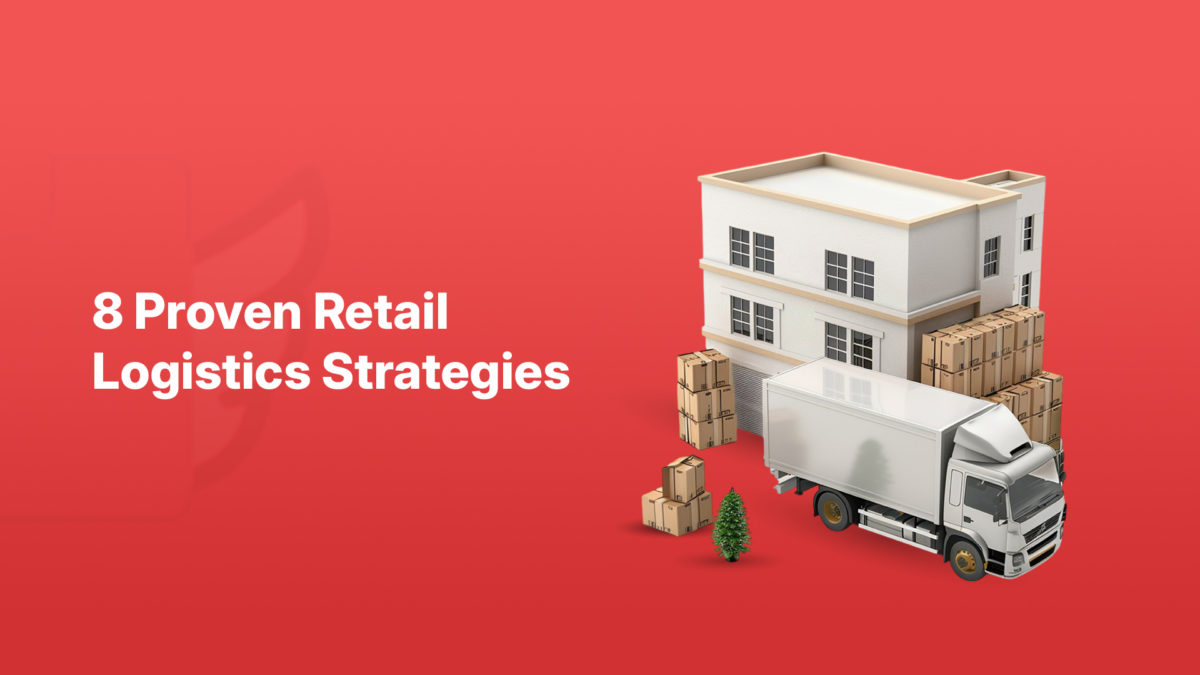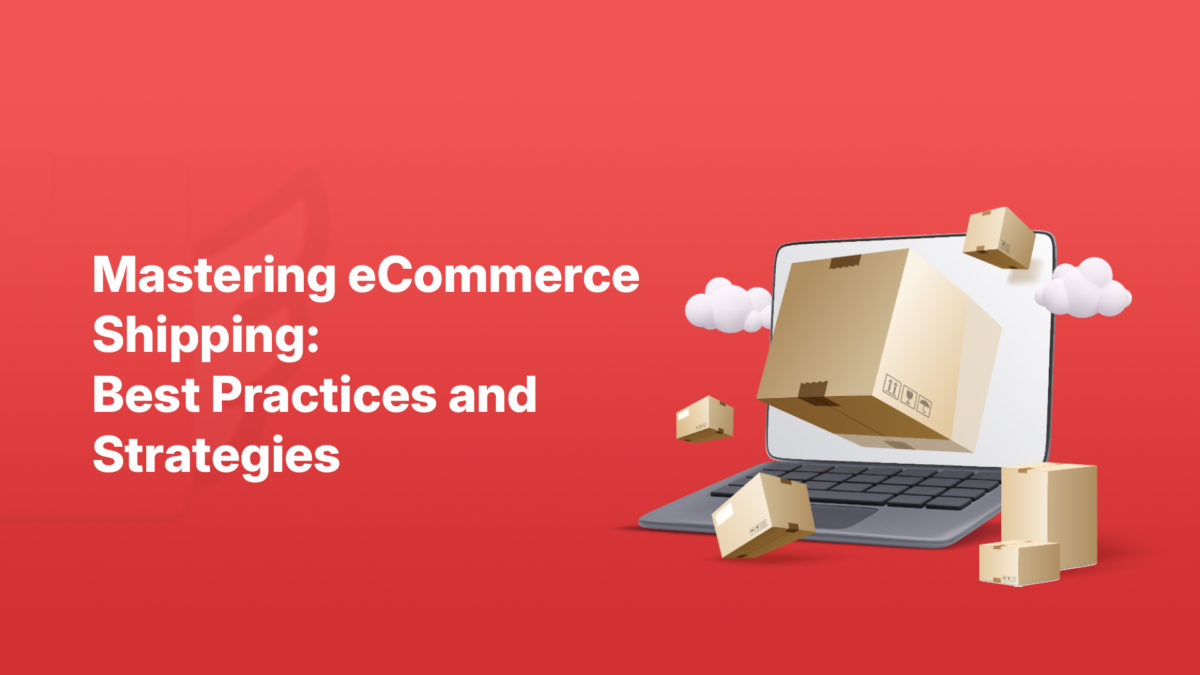The eCommerce boom shows no signs of slowing down, with global sales expected to soar past $6.3 trillion by the end of 2024. As competition heats up, the logistics backbone that supports online retail has become a critical differentiator. Seamless logistics operations now drive customer satisfaction, operational efficiency, and long-term profitability.
In 2025, eCommerce logistics is no longer just about moving goods—it’s about delivering promises. With fast, flexible, and transparent delivery expectations rising, businesses must rethink their entire logistics strategy to stay competitive.
What Is eCommerce Logistics?
eCommerce logistics refers to the complete set of processes that manage how online orders are stored, packaged, shipped, and delivered to customers. It includes:
- Order fulfillment
- Inventory management
- Warehousing
- Shipping
- Returns handling
A well-orchestrated logistics system helps ensure accurate, timely deliveries and creates a smooth shopping experience that builds brand trust.
Key Takeaways:
- It bridges the gap between your online storefront and customer doorstep.
- Impacts customer loyalty, shipping speed, and cost-efficiency.
- Requires robust technology like AI, automation, and real-time tracking.
Major Types of eCommerce Logistics Management
- Third-Party Logistics (3PL)
Outsourcing logistics to a 3PL partner lets businesses tap into advanced infrastructure, warehousing, and shipping capabilities without investing heavily in resources.
Benefits:
- Faster delivery using multiple fulfillment centers.
- Scalable for seasonal demand and global growth.
Drawback:
- Less control over fulfillment quality.
- In-House Logistics
This method involves managing every aspect internally—from storage to delivery.
Benefits:
- Complete control and customization.
- Enhanced branding during fulfillment.
Drawback:
- High infrastructure and staffing costs.
- Dropshipping
In this model, the supplier handles inventory and shipping, allowing businesses to focus on marketing and customer service.
Benefits:
- Low upfront investment.
- Scalable and flexible.
Drawback:
- Limited control over shipping speed and quality.
Core Components of eCommerce Logistics
- Order Fulfillment
This begins when a customer places an order and ends when it’s delivered. Speed and accuracy are vital here.
Example:
A warehouse robot picks a shoe order, the packer ensures correct packaging, and the product is shipped via the fastest route to the customer within 48 hours.
- Inventory Management
Keeping stock levels balanced is essential to avoid overstocking or running out of high-demand items.
Pro Tip:
Use AI tools for demand forecasting and real-time stock tracking across sales channels.
- Warehousing
Products are stored in strategically located facilities to reduce shipping times and costs.
Example:
A fashion brand stores inventory in regional warehouses, enabling same-day shipping to nearby metro cities.
- Returns Management (Reverse Logistics)
Efficient handling of returns builds customer trust and supports resale or recycling strategies.
Key Focus:
Automate return labels, refund processes, and restocking inspections to minimize disruption.
Top eCommerce Logistics Challenges in 2025
- Last-Mile Delivery Complexities
Urban congestion and rural inaccessibility make this final delivery step the most expensive.
Solution:
Use route optimization tools and micro-fulfillment hubs to reduce delays.
- Reverse Logistics & High Return Rates
Especially in fashion and electronics, managing returns can drain profits.
Solution:
Introduce clear return policies and automate return workflows.
- Technology Integration
Syncing platforms like warehouse management systems, inventory software, and shipping APIs can be daunting.
Solution:
Use unified logistics platforms that centralize operations and data flow.
- Inventory Mismanagement
Stockouts lead to lost sales, while overstocking inflates warehousing costs.
Solution:
Adopt predictive analytics and real-time monitoring tools.
- Warehousing Inefficiencies
Fluctuating demand and poor space utilization impact delivery timelines.
Solution:
Leverage smart warehousing tools and robotic storage systems.
- Inaccurate Order Tracking
Customers expect real-time delivery updates.
Solution:
Use end-to-end tracking systems with SMS and email notifications.
- Returns Processing Delays
Slow or unclear return processes can frustrate customers.
Solution:
Offer pre-paid return labels, automated return authorizations, and instant refunds when possible.
Best Practices for Optimizing eCommerce Logistics
- Optimize Inventory with Smart Tools
- Implement AI-driven inventory forecasting.
- Automate reordering based on sales trends.
- Offer Multiple Shipping Options
- Include same-day, next-day, and economy delivery.
- Let customers choose between speed and savings.
- Streamline Fulfillment Workflows
- Use barcode scanners and robotic picking.
- Outsource to 3PLs for peak season scalability.
- Use Sustainable Packaging
- Switch to biodegradable or recyclable materials.
- Optimize package dimensions to reduce waste and costs.
- Provide Real-Time Shipment Tracking
- Send regular delivery status updates via SMS and email.
- Enable customer access to tracking links immediately post-purchase.
- Automate Return Logistics
- Use platforms that manage returns, restocking, and refunds automatically.
- Offer options like drop-off points, home pickups, or in-store returns.
- Enhance Last-Mile Delivery
- Partner with hyperlocal delivery services for fast turnarounds.
- Use smart route planning tools for efficient deliveries.
- Leverage AI and Automation
- Forecast demand with machine learning.
- Use chatbots for shipping queries.
- Automate warehouse tasks using robotics.
Choosing the Right Logistics Partner: Prioritize ShipDelight
ShipDelight is redefining eCommerce logistics by offering scalable, intelligent, and tech-enabled solutions built specifically for D2C and B2B brands. It’s ideal for businesses looking to streamline logistics while enhancing customer experience.
ShipDelight Key Features:
- Multi-carrier integration for optimal delivery partner selection.
- Real-time tracking for full transparency.
- Automated returns for smooth reverse logistics.
- Warehouse and inventory tools to reduce stockouts.
- Analytics dashboard to monitor performance metrics.
Why ShipDelight?
- 27,000+ serviceable pin codes across India.
- Integrated with over 27 courier partners.
- Custom API integrations with major eCommerce platforms.
- Proven reliability with enterprise and startup clients alike.
Conclusion: Logistics as a Competitive Advantage in 2025
eCommerce logistics is no longer just an operational requirement—it’s a strategic asset. Businesses that invest in the right technologies, partners, and best practices will lead the way in customer satisfaction and profitability.
By adopting solutions like ShipDelight, you can transform shipping from a pain point into a powerful brand experience. The future of online retail belongs to those who master the art of fast, reliable, and intelligent logistics.
FAQs: Smart Solutions for Smarter Shipping
- What are the best carriers for eCommerce businesses?
It depends on your location and target market. ShipDelight is great for Indian eCommerce. For global markets, FedEx, DHL, and UPS offer competitive international shipping. - How can I reduce my shipping costs?
Negotiate bulk rates, use flat-rate shipping, optimize package size, and automate inventory management. - What is reverse logistics and why is it important?
Reverse logistics handles returns, refunds, and reshipments. A smooth process improves customer retention and reduces losses. - How do I manage inventory effectively?
Use real-time tracking systems, set reorder thresholds, and forecast demand using AI tools. - What is the role of automation in logistics?
Automation reduces errors, speeds up order fulfillment, and provides scalable systems for growing businesses. - How can I improve returns processes?
Create transparent return policies, automate approval and shipping, and offer flexible return options. - What tech should I use for eCommerce logistics?
Adopt warehouse management systems, transportation management systems, and logistics platforms like ShipDelight for end-to-end control.


